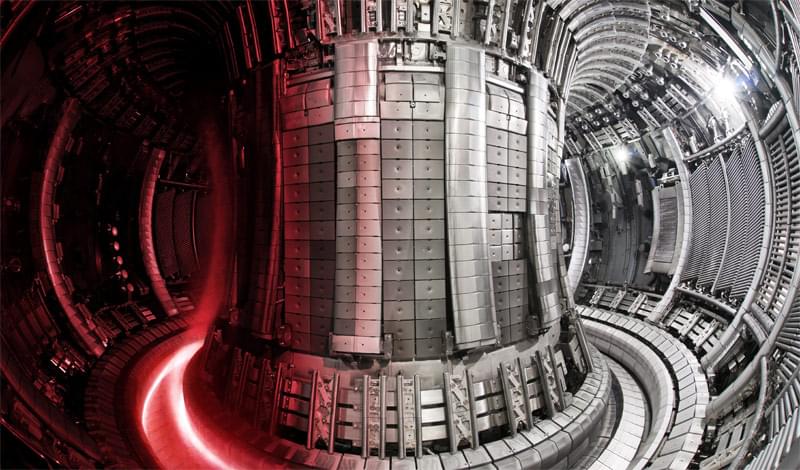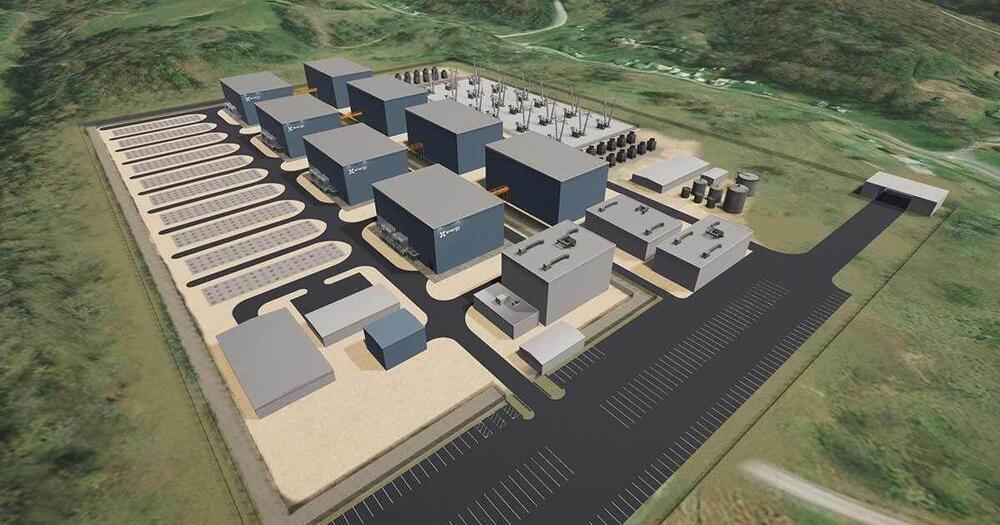European scientists say they have made a major breakthrough in their quest to develop practical nuclear fusion — the energy process that powers the stars.
The UK-based JET laboratory has smashed its own world record for the amount of energy it can extract by squeezing together two forms of hydrogen.
If nuclear fusion can be successfully recreated on Earth it holds out the potential of virtually unlimited supplies of low-carbon, low-radiation energy.
The experiments produced 59 megajoules of energy over five seconds, more than double what was achieved in similar tests back in 1997.
Please subscribe HERE http://bit.ly/1rbfUog.
#BBCNews





